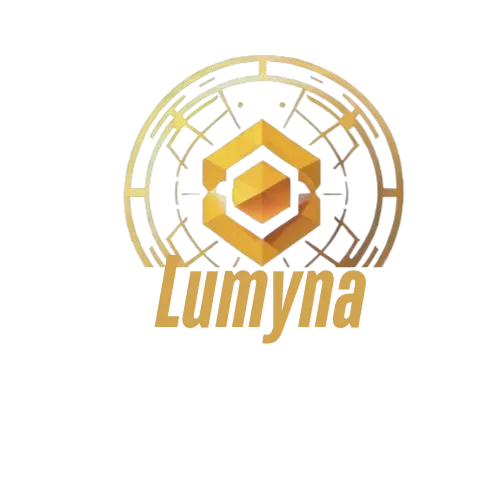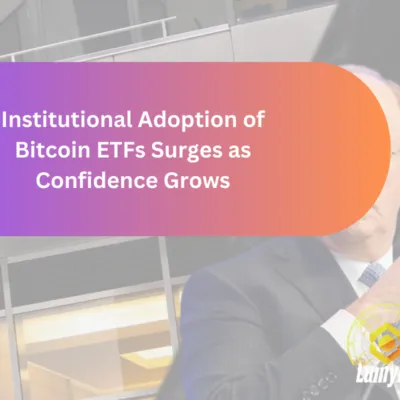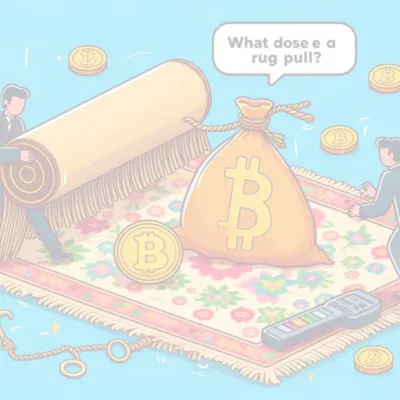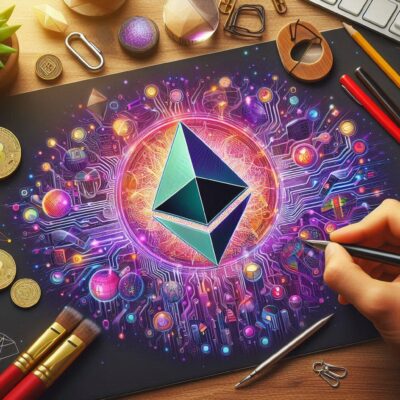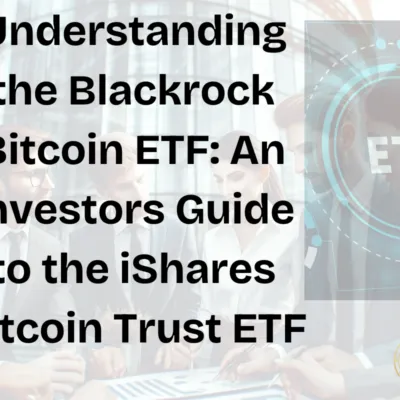A “Block Explorer” is an essential tool in the blockchain ecosystem, offering transparency into networks like Bitcoin and Ethereum. Whether you’re a crypto trader, developer, or security researcher (like SunSec from your text), understanding block explorers is crucial. Below, we define “Block Explorer” using the 5 Ws and 1 H—Who, What, When, Where, Why, and How—followed by a table of top explorers and their features.
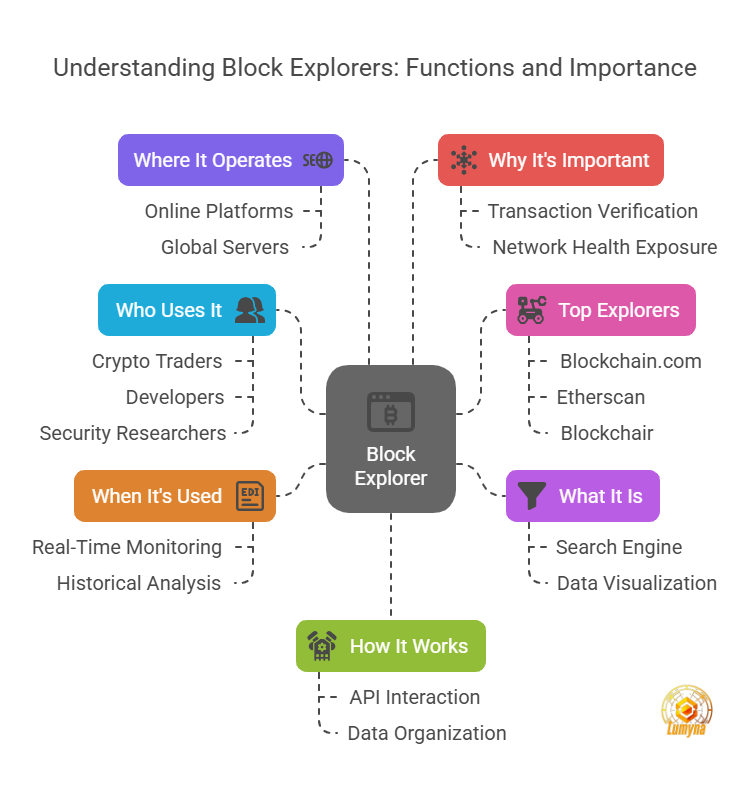
Who Uses a Block Explorer?
Block explorers serve a wide audience. Users—from casual crypto holders to traders—check transaction statuses via wallets like MetaMask. Miners and validators confirm block additions, ensuring rewards (e.g., Bitcoin’s 6.25 BTC in 2025).
Developers build and audit blockchain apps, leveraging explorers like Etherscan.
Nodes sync data that explorers display, while security experts (e.g., SunSec’s DeFiHackLabs) trace hacks or scams. Businesses and enthusiasts also use them to monitor whale activity or network stats.
What is a Block Explorer?
A “Block Explorer” is a web-based tool or software that lets users search and view a blockchain’s data—blocks, transactions, and addresses. Think of it as a blockchain’s search engine, displaying details like block height, transaction hashes, fees, and balances.
For example, Bitcoin’s Blockchain.com shows Block 840,000 (2024 halving), while Etherscan tracks Ethereum’s smart contracts. Built with APIs and node connections, it organizes raw blockchain data into a user-friendly format, enhancing transparency.
When is a Block Explorer Used?
Block explorers are used anytime someone needs blockchain insights. Real-time, users check pending transactions—e.g., a 0.1 BTC transfer on March 20, 2025. Historically, they revisit Bitcoin’s genesis block (2009) or Ethereum’s launch (2015).
Miners verify blocks post-mining; traders monitor fees during high-traffic events like NFT drops. In 2025, post-Bitcoin’s April 2024 halving, explorers track reduced rewards (3.125 BTC next). Security audits (e.g., SunSec’s work) use them to analyze hacks anytime.
Where Does a Block Explorer Operate?
Block explorers function online, pulling data from a blockchain’s distributed network. They connect to full nodes—e.g., Bitcoin’s 15,000+ nodes in 2025—spanning global servers, homes, or clouds.
Hosted on websites like Blockchain.com or Etherscan, they’re accessible anywhere with internet, from New York to Tokyo. Data is stored in explorer databases, not the blockchain, and displayed via browsers or APIs. In Web3, tools like IPFS may complement them for off-chain data.
Why is a Block Explorer Important?
Block explorers are vital for transparency and trust. They let users verify transactions—e.g., ensuring 1 ETH reached its destination—without intermediaries. Miners confirm rewards; developers debug smart contracts (e.g., via SunSec’s DeFiVulnLabs). They expose network health—hash rate, mempool size—crucial for security against double-spending or 51% attacks. In 2025, with $2T+ in crypto value, explorers uphold blockchain’s open ethos, a principle Web3 champions.
How Does a Block Explorer Work?
A block explorer works by interfacing with a blockchain’s nodes via APIs, extracting data like block hashes or transaction IDs. It organizes this into a searchable database—e.g., SQL tables—displaying it on a web interface.
Users input a transaction hash (e.g., from MetaMask) or address, and the explorer returns details: timestamp, amount, status. Tools like Phalcon (from your text) enhance debugging; advanced explorers (e.g., Blockchair) add analytics. It’s real-time, pulling Bitcoin’s latest block in seconds.
Top Block Explorers and Their Features (2025)
Here’s a table of leading block explorers as of March 20, 2025, highlighting their features for Bitcoin, Ethereum, and beyond:
| Block Explorer | Supported Chains | Key Features | Unique Selling Point |
|---|---|---|---|
| Blockchain.com | Bitcoin, Ethereum | Real-time blocks, transaction history, wallet balances, market charts | User-friendly, wallet integration |
| Etherscan | Ethereum, EVM chains | Smart contract views, token tracking, gas fees, API access | Ethereum-focused, developer-friendly |
| Blockchair | 40+ chains (BTC, ETH, etc.) | Multi-chain search, portfolio tracking, ENS lookup, node stats | Most versatile, privacy coin support |
| Solscan | Solana | Sub-second block data, NFT tracking, program logs, high TPS analytics | Solana’s speed optimized |
| Bitaps | Bitcoin | SegWit support, mempool status, double-spend alerts, block analytics | Bitcoin-specific, technical depth |
| Arbiscan | Arbitrum (Layer 2) | Layer 2 transaction views, rollup data, gas optimization insights | Arbitrum ecosystem focus |
| Tokenview | 100+ chains (BTC, ETH, etc.) | Pending transactions, rich lists, trading volume, multi-currency support | Broad chain coverage, slower load times |
| Mempool.space | Bitcoin | Mempool visualization, fee estimates, orphaned blocks, real-time mining data | Miner-focused, fee prediction |
